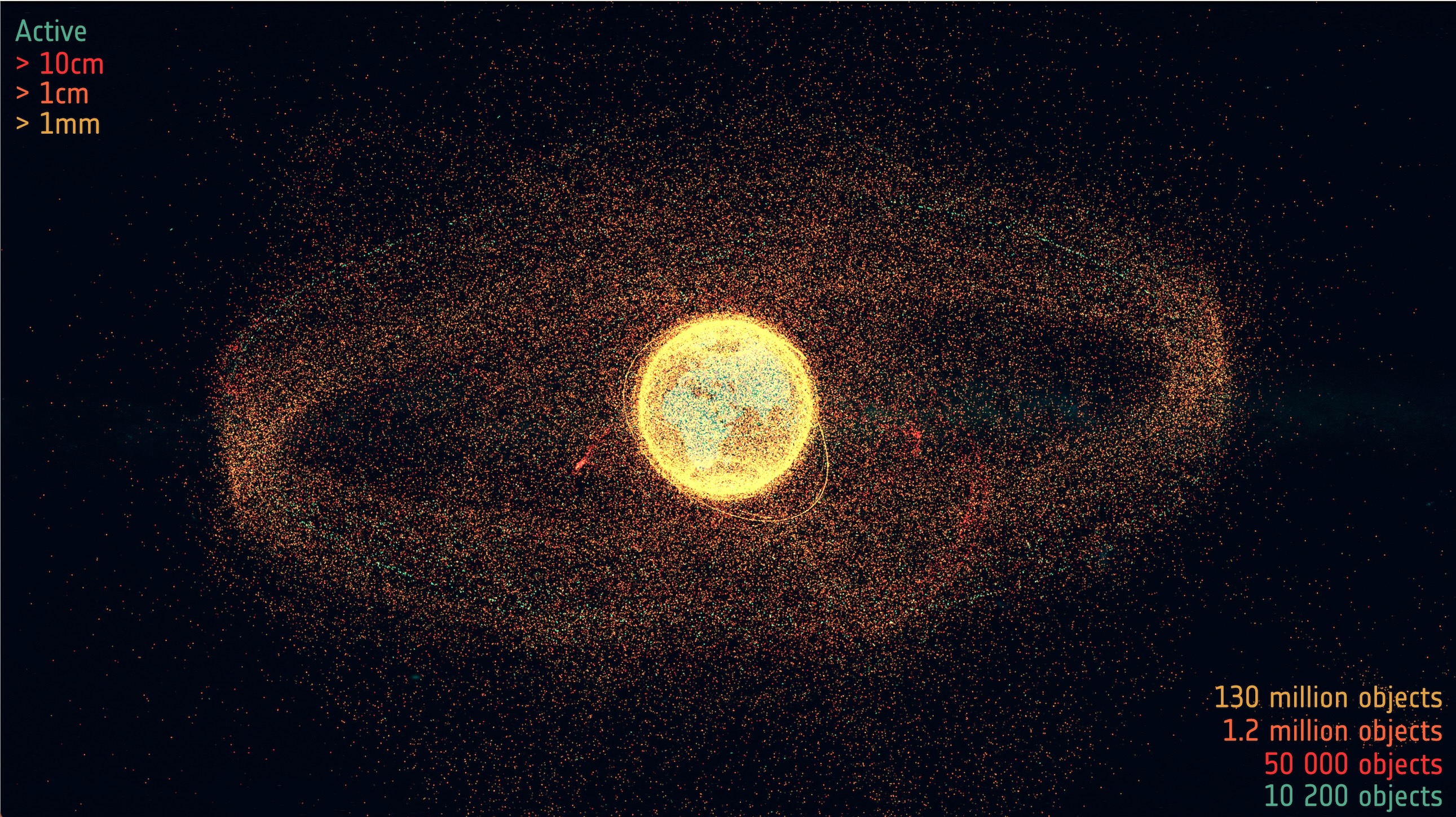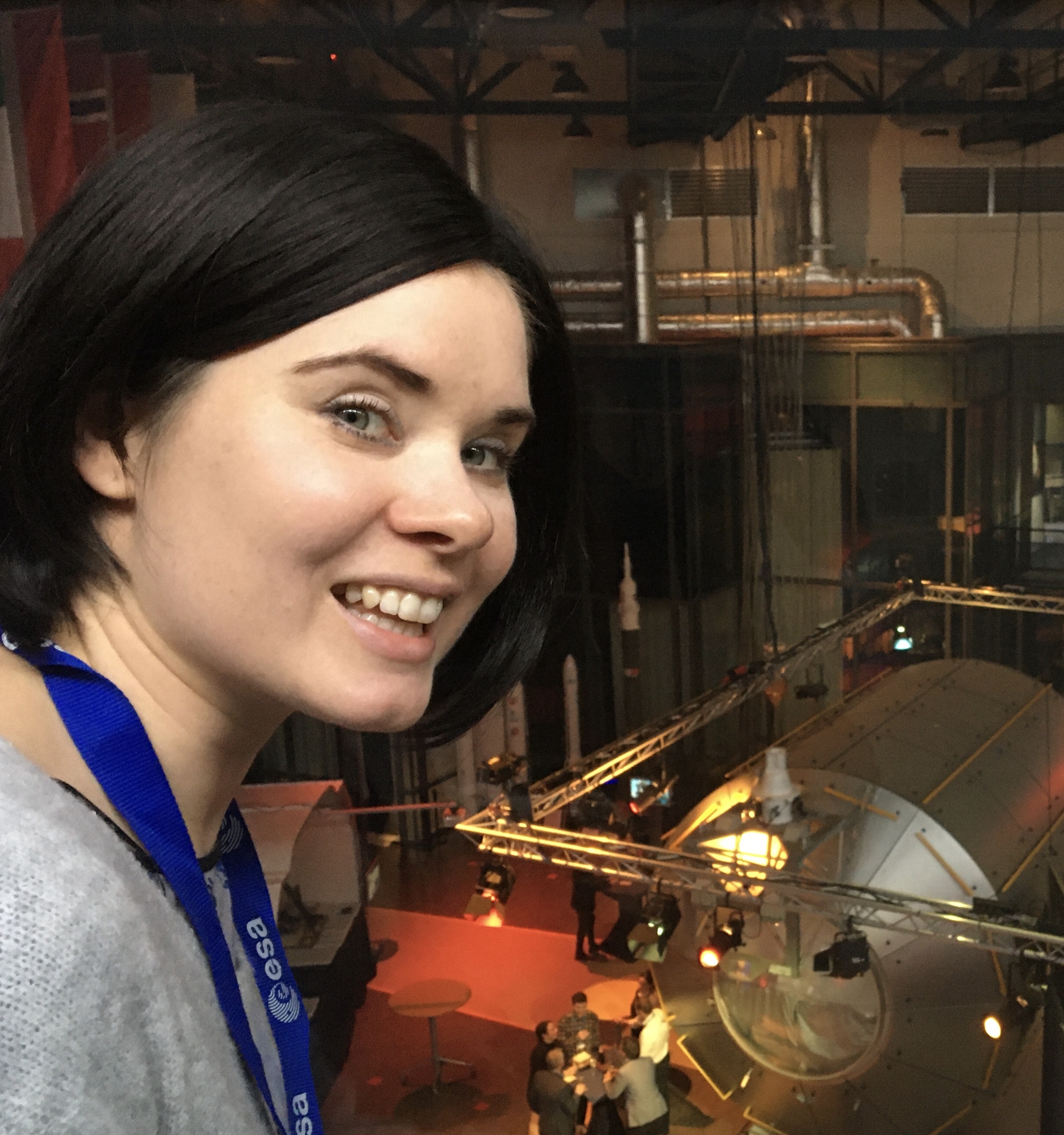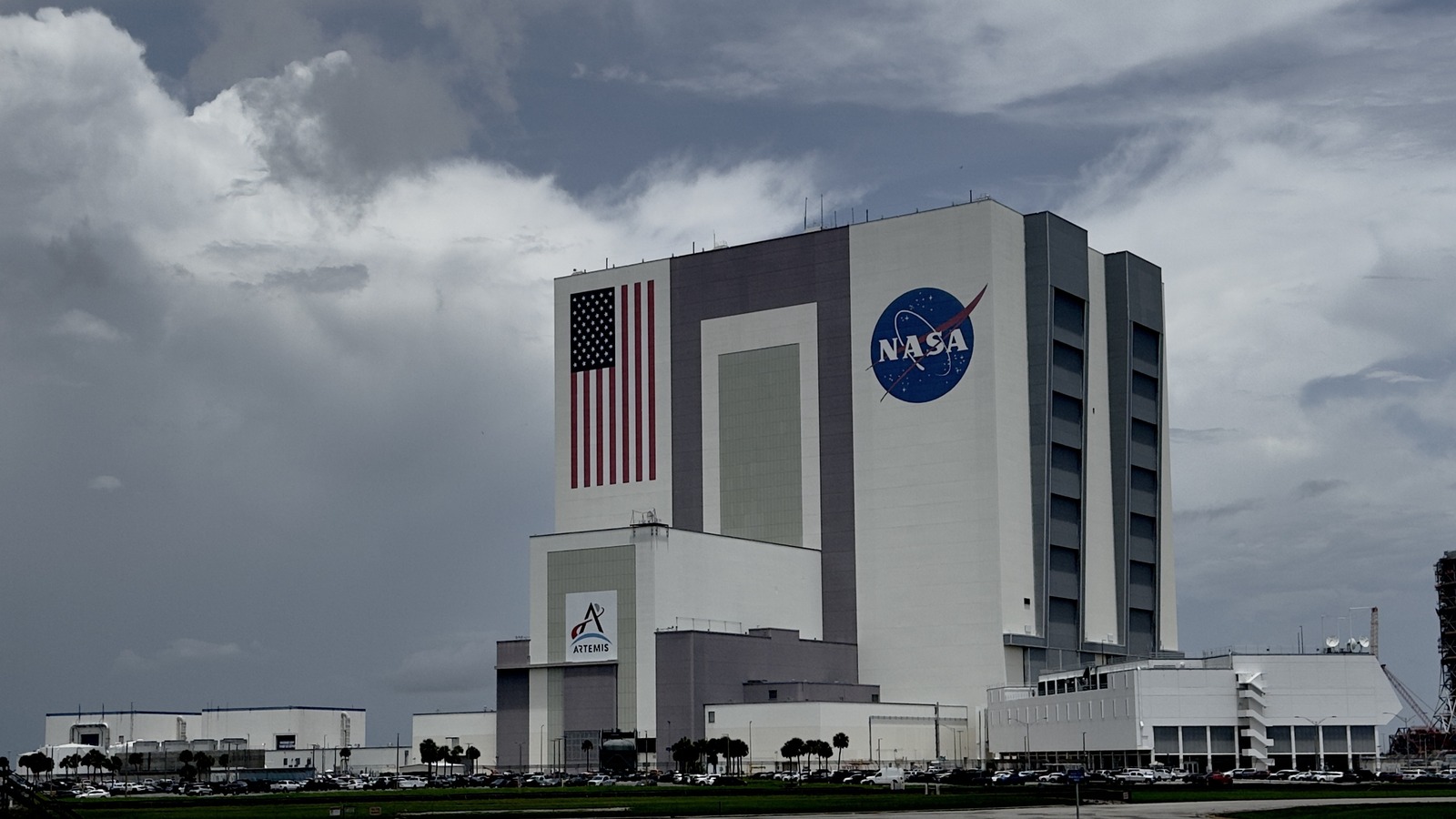3 big hunks of space junk crash to Earth every day — and it's only going to get worse
"Eventually we're going to get unlucky, and someone is going to get hurt by falling space debris."

At least three old satellites or rocket bodies fall back to Earth every day, a new report reveals.
And experts warn that the number of objects returning from space is set to increase, a possible concern for the health of Earth's atmosphere and for the safety of humans on the ground.
The Space Environment Report, released by the European Space Agency (ESA) on April 1, found that some 1,200 "intact objects" reentered the atmosphere in 2024, in addition to countless space debris fragments.
Despite this incessant rain of junk battering the atmosphere, the amount of space debris increased over the course of 2024, with an estimated 45,700 objects larger than 3 inches (10 centimeters) now orbiting the planet. Some of the new junk consists of satellites that naturally reached the end of their lives.
Related: Kessler Syndrome and the space debris problem
But on top of that, several orbital collisions and explosions added at least 3,000 new trackable fragments over the course of 2024. In addition to that, there are currently about 9,300 active spacecraft circling Earth, and further launches continue to add more.
The new report "underlines that space activity has now increased to the point where we are having a real effect on the environment both in space and in the upper atmosphere," astrophysicist Jonathan McDowell, perhaps the world's leading expert on space debris, told Space.com.
Breaking space news, the latest updates on rocket launches, skywatching events and more!
McDowell was not a part of the team that compiled the report. The astrophysicist, who keeps close tabs on orbital traffic, said that on the day of the interview (April 4), at least three objects had returned from space — two of SpaceX's Starlink broadband satellites and a 43-year-old Russian spy satellite called Kosmos 1340. Starlink satellites, according to McDowell, make up the majority of stuff that falls back to Earth these days, and their numbers are only going to grow.
"If SpaceX continues with their plans to expand their Starlink constellation to 30,000 satellites, then we'll be looking at 15 reentries per day," McDowell said. "In addition to that, Amazon is about to start deploying its Kuiper constellation. We're also seeing Chinese megaconstellation projects starting to go up. So, in the next five to 10 years, we will see a corresponding increase in the number of satellites being retired."
Constellation operators tend to replace their satellites with newer models every five years or so. To prevent further accumulation of space debris, they strive to remove every low Earth orbit (LEO) satellite from its position within five years from its mission's end.
As a result of these reentries, however, the amount of space junk burning up in the upper layers of the atmosphere is increasing, which worries some atmospheric scientists. Satellites are mostly made of aluminum, which produces aluminum oxide when burned. Scientists have long known that aluminum oxide can accelerate ozone depletion and contribute to thermal changes in the upper atmosphere.
Eloise Marais, a professor in atmospheric chemistry at University College London, described the three-a-day reentry rate as "an unchartered territory" and an "alarming" trend.
"The impact on the atmosphere is inevitably greater than it has ever been, as more ozone-destroying pollutants, including aluminum oxide, other metal oxides, and gas-phase nitrogen oxides are being added to the atmosphere than ever before," said Marais, who leads a team of scientists that's developing an inventory of emissions from satellite reentries and rocket launches.
In addition to the potential environmental impacts, the growing number of reentering satellites may increase the risk that some residual debris crashes on Earth, threatening property and human life. McDowell said that, although the risk to humans is currently very low, it will rise with the growing numbers of reentries.
"Most satellites burn up entirely," McDowell said. "Starlinks are specifically designed to completely melt unless they reenter in a non-standard way. But, for example, the Russian Kosmos 1340, which weighed about 2 and a half tons, probably left behind a few chunks reaching the surface of Earth."
Related: Burned-up space junk pollutes Earth's upper atmosphere, NASA planes find
As most of Earth's surface is either covered with ocean or uninhabited land, the chances of a piece of junk landing on somebody's head are slim. Still, pieces of debris have previously been found close to human settlements.
In February of this year, for instance, charred fragments from a SpaceX Falcon 9 rocket scattered across parts of Poland and Ukraine. And in March 2024, a 4-inch (10 centimeters) shrapnel of melted metal pierced through the roof of a Florida home. The space projectile was later identified as a remnant of a battery pallet thrown out of the International Space Station three years earlier.
"We're rolling the dice every time we have a reentry," McDowell said. "Eventually we're going to get unlucky, and someone is going to get hurt by falling space debris."
The ESA report stated that, despite efforts to promptly remove old satellites from orbit, there are still too many objects being left behind, creating collision risk. Even if 90% of spacecraft are successfully removed, the number of space debris objects will continue to grow, ESA said in the report.
In some parts of LEO, the number of functional satellites now approaches the quantity of space debris objects, the report stated. In addition to the objects larger than 4 inches, which can be tracked from Earth using radars and telescopes, there are about 1.1 million fragments between 0.4 and 4 inches in size and a further 130 million tiny bits smaller than 0.4 inches, according to ESA.
Join our Space Forums to keep talking space on the latest missions, night sky and more! And if you have a news tip, correction or comment, let us know at: community@space.com.

Tereza is a London-based science and technology journalist, aspiring fiction writer and amateur gymnast. Originally from Prague, the Czech Republic, she spent the first seven years of her career working as a reporter, script-writer and presenter for various TV programmes of the Czech Public Service Television. She later took a career break to pursue further education and added a Master's in Science from the International Space University, France, to her Bachelor's in Journalism and Master's in Cultural Anthropology from Prague's Charles University. She worked as a reporter at the Engineering and Technology magazine, freelanced for a range of publications including Live Science, Space.com, Professional Engineering, Via Satellite and Space News and served as a maternity cover science editor at the European Space Agency.
You must confirm your public display name before commenting
Please logout and then login again, you will then be prompted to enter your display name.
